Estonia will face critical electricity shortage soon if any concrete actions to improve the circumstances are not taken, writes Henri Ormus, a nuclear energy expert and a co-founder of Fermi Energia – a company that is proposing to build small nuclear energy plants in the country.
First, most of the Estonian electricity comes from oil shale (similar to brown coal) burning thermal power plants – an extremely dirty and carbon intensive way to produce electricity. Due to the increasing CO2 prices, these plants are becoming uneconomical and are forced to shut down because the cost of electricity has become uncompetitive in the market. Until 2018, Estonia was a net exporter of electricity – but, since 2019, the CO2 prices have risen and the oil shale plants have been mainly idle and Estonia is now a net energy importer.
Oil shale has to be phased out
In 2018, oil shale accounted for 76% of Estonia’s total electricity generation, but, in 2019, the share dropped to 57%. Some older blocks have been permanently shut down and some newer or refurbished units are kept standby or run only when the electricity price is very high – like in the beginning of 2021, when temperatures are low and electricity demand is high. One factor in this is also low renewable energy generation because on cold winter days and nights, the sun does not shine and the wind does not blow too much.
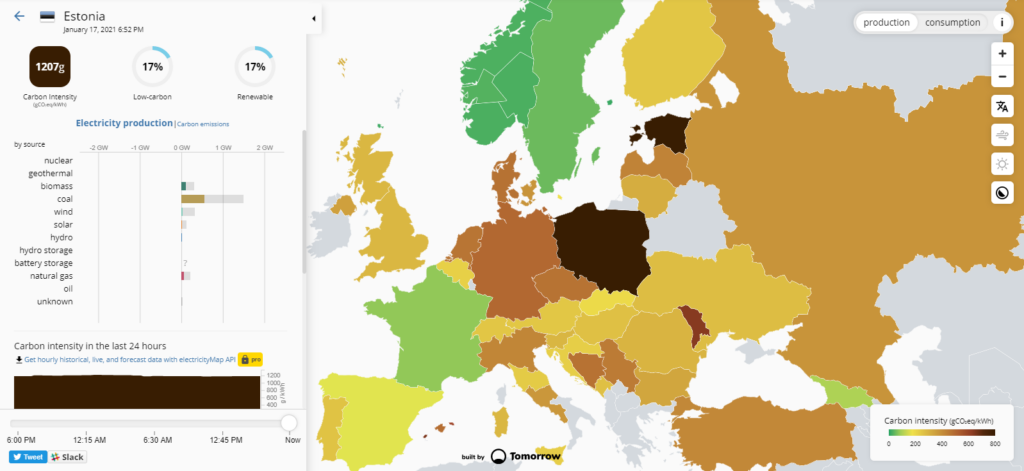
Second, in 2025, the Estonian, Latvian and Lithuanian grid will be disconnected from the Russian and Belarusian grid and connected and synchronised to continental Europe’s energy system via Poland.
Currently, the Russian power system ensures main power reserves for the frequency regulation and secures the system operation within BRELL (Belarus, Russia, Estonia, Latvia and Lithuania) ring. This means the strong connections from the Baltics to the Russian and Belarusian network will be discontinued and the grid stability and increasing electricity deficit will need to be managed mainly within the Baltic states, with some help by synchronous AC connections to Poland and DC connections Lithuania-Sweden and EstLink 1 and 2 between Estonia and Finland.
In addition, in the Nordic and Central-Eastern European region, a lot of dispatchable energy sources, mainly coal, but also nuclear power plants will be permanently shut down in the upcoming years. This means the electricity deficit will increase and the prices will increase. Also, from Norway and Sweden, several new connections to the UK and Central-Europe are built which cause cheap hydroelectricity to flow out from Nordics, meaning the prices in NordPool will increase.
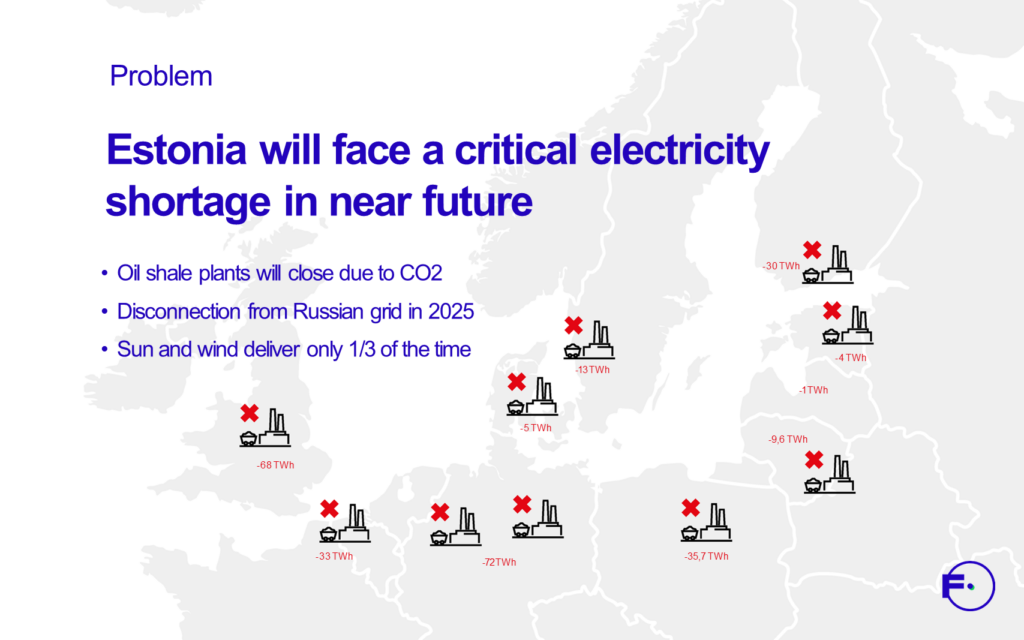
Third, the increasing intermittent wind and sun energy capacity in the network creates more and more challenges and instability because they can deliver electricity only approximately 1/3 of the time. This means more backup power and investments to improve the grid is needed.
The less there is dispatchable power generation in the grid, the bigger are the price fluctuations and the risk of large-scale power outages increases drastically.
These risks were realised, for example, in California in 2020. There, the share of renewable energy had grown high (which is good) but, at the same time, large dispatchable sources were closed (including nuclear power plants), thus reducing security of supply below critical point and resulting in large scale power outages in the region. In addition, also the CO2 emissions of the region increased because nuclear was substituted with natural gas to back up the renewables.
Our own low-carbon production is needed
In Estonia, we do not have too many options if we want to reach the carbon neutrality target and guarantee the energy security. We need to choose – is it going to be Russian gas, imports from neighbours or to build our own small modular nuclear reactor – known as SMR – power plants.
The increasing dependency on Russian gas affects energy security and is a politically very delicate topic in Estonia. Moreover, with the increased use of natural gas, Estonia will not be able to reach the EU Net Zero (the EU aims to be climate-neutral by 2050 – an economy with net-zero greenhouse gas emissions) targets by 2050 – quite the opposite.
Increasing electricity imports is also not too good of an option as the deficit in the region will only grow and thus the prices will grow. The bigger the share of imported electricity, the bigger the impact in the case of grid connection failures with the neighbouring countries (Finland, Latvia) – a stronger reliance on the import reduces the security of supply in Estonia.

Also, there are substantial financial consequences to Estonian economy. In the case of imports, the money flows out, and vice versa in case of export, the money flows into the country – that is simple math. Moreover, if we do not produce, we are missing out on the jobs and taxes that would benefit the country – that is not a wise thing to do.
So, what options are left if Estonia wants to have the security of supply, energy security (note, these are two different terms) and meet the EU climate goals and reach net zero by 2050?
It is quite clear there are no other options than nuclear. Nuclear must be part of Estonian energy mix together with renewables (currently close to 30% of Estonian electricity production comes from renewable sources – one third of it is from wind and the other two thirds are from biomass burning; the hydro and solar power contribution is negligible). It has been estimated by Fermi Energia that the Baltic region has a demand for at least two to four SMRs (eg 300MWe each).
The idea of the Estonian nuclear power plant
The idea of Estonian nuclear power plant is not new. In the end of the 2000s, Eesti Energia – Estonia’s state-owned energy company – was looking into nuclear energy options. It considered its own nuclear power plant, but also a joint venture with Latvia and Lithuania to build a new plant at the Visaginas site – close to the Ignalina nuclear power plant in Lithuania, where the last of the two Soviet Union-built RBMK-type reactors (the same type that powered Chernobyl power plant – editor) was shut down in 2009. These plans were not realised.
Now, a company called Fermi Energia aims to develop and deploy SMRs in Estonia – several reactors delivering between 600 to 1200MWe.
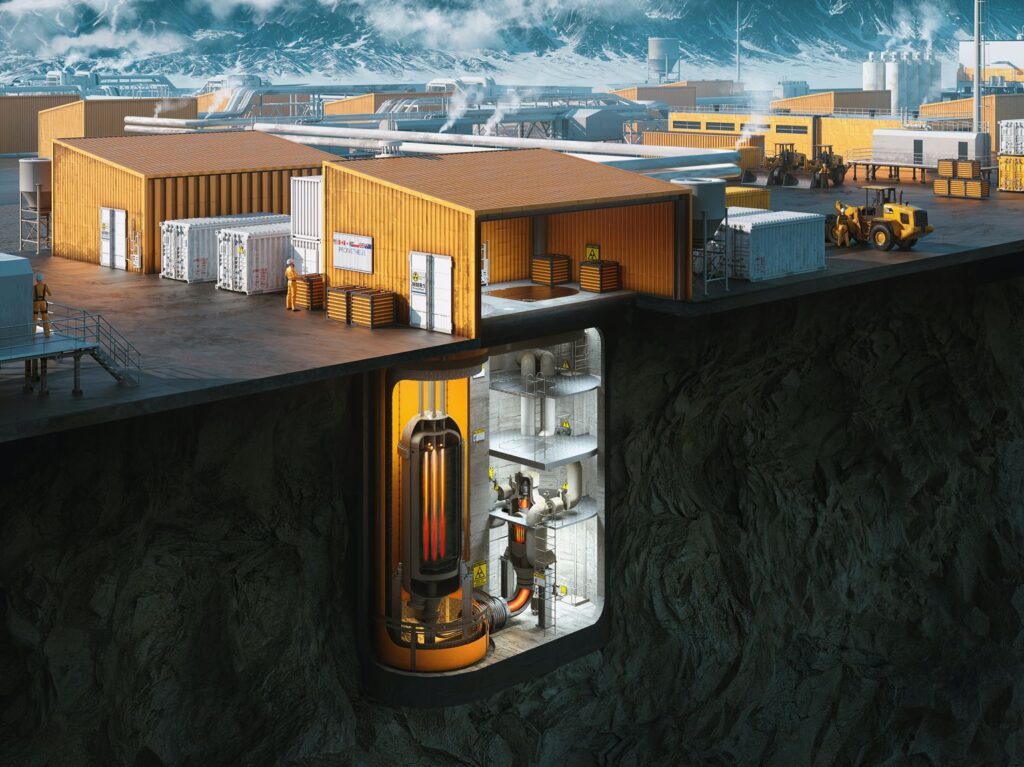
The idea of Fermi Energia started where many of the greatest ideas are born – in the sauna, of course. That was in 2018. The stars had aligned, and it did not take too much time to put together a diverse team that include experts in nuclear economics, fuel, engineering and safety – as well as the former CEO of Eesti Energia. Three members of the team studied nuclear engineering in Sweden’s KTH Royal Institute of Technology, including Merja Pukari, currently the director of the Swedish Centre for Nuclear Technology.
Why SMR and not the regular large nuclear power plant? The answer is simple – the Estonian grid is too small to handle the large 1000+MWe plant as the Estonian peak consumption is only about 1500MWe. And for the Estonian grid, the maximum size of one power block is about 300MWe – larger units could be a risk for grid stability.
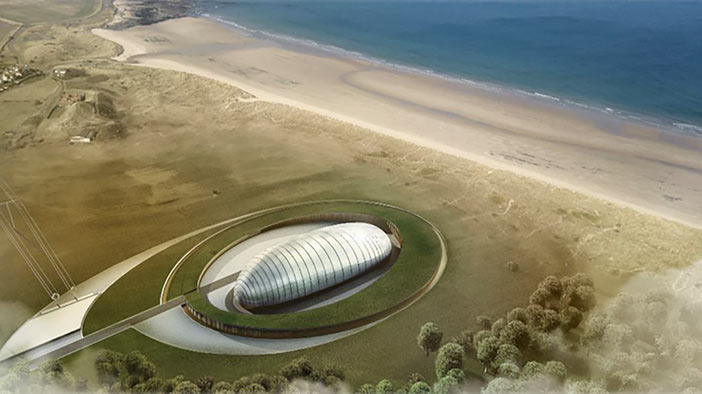
The SMRs have a high potential to deliver lower deployment and power generation costs, especially if deployed in multiple units. The SMRs have potentially lower unit capital cost – reducing financial, licensing and project execution risk, compared with large nuclear power plants. The SMRs have no atmospheric emissions and the main environmental impact is cooling of turbine steam by ambient air or water bodies such as sea or river. Their land footprint is less than 1% of wind or solar energy.
Fermi Energia aims to deploy SMRs with simultaneous spent fuel final repository development solution, based on deep borehole disposal technology (the concept of disposing high-level radioactive waste from nuclear reactors in extremely deep boreholes instead of in more traditional deep geological repositories that are excavated like mines – editor).
A public discussion on the possibility of using nuclear-based energy in Estonia has now started. In November 2020, the Estonian government decided to form a nuclear energy committee, led by the country’s environment minister. The governing coalition changed in January 2021, but the continuation of nuclear energy consideration and development of competences is supported also by the new government, led by Kaja Kallas.
Pre-feasibility studies have started
Fermi Energia has also carried out pre-feasibility studies on SMRs potential in Estonia.
The waste is always one of the main concerns of the public. Thus, a study on final disposal of spent nuclear fuel has been carried out. It was performed by a US nuclear waste disposal company Deep Isolation, conducted in collaboration with Estonian geologic and drilling company Steiger.
The study found there were no fundamental geologic limitations to disposing of radioactive waste in deep horizontal boreholes in Estonia’s crystalline basement rock. The study concludes that a wide range of locations in the country could be demonstrated to comply with International Atomic Energy Agency safety regulations for geologic disposal.
All regions of Estonia are likely to contain potential host rock formations which provide safe and cost-effective sites for a Deep Isolation repository. Research suggests the costs for Estonia would be a fraction of what would be required for construction of a mined deep repository.
Another important study was the preliminary site screening where the whole land area of Estonia was analysed to find optimal sites for 600-1200MWe SMR plant.
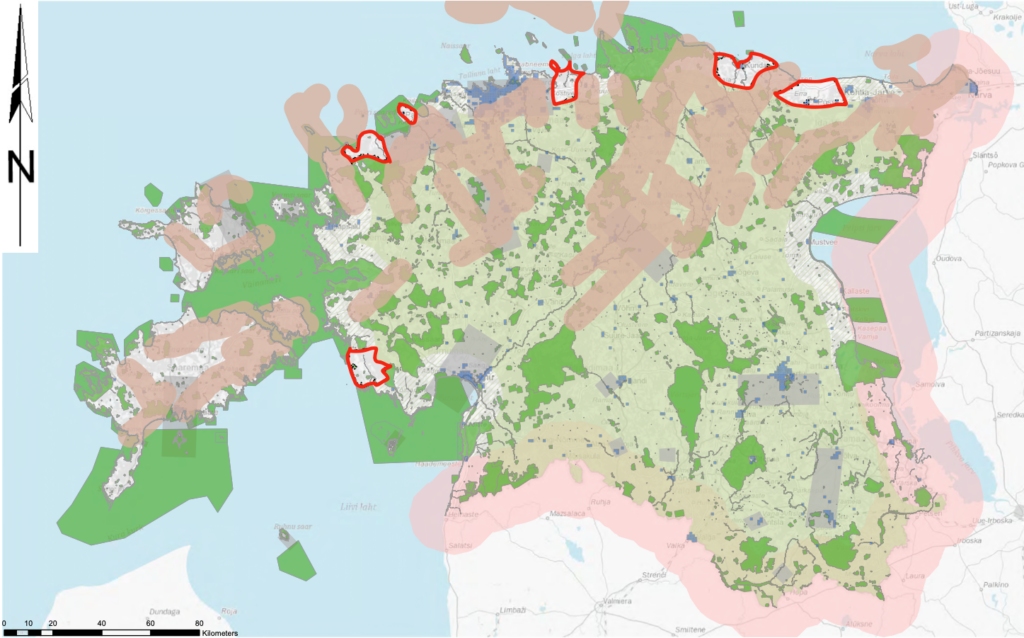
The study found there were several suitable regions for siting an SMR plant in Estonia. The most promising locations are the coastal regions of North-East Estonia. As a result of the study, five candidate sites were selected and proposed for further evaluation.
Read also: Rolls-Royce to potentially build a nuclear power station in Estonia.
The opinions in this article are those of the author. Cover: A rendering of GE Hitachi’s (US/Japan) BWRX-300 SMR design – one of the candidates considered by Fermi Energia in Estonia. Images by Fermi Energia.

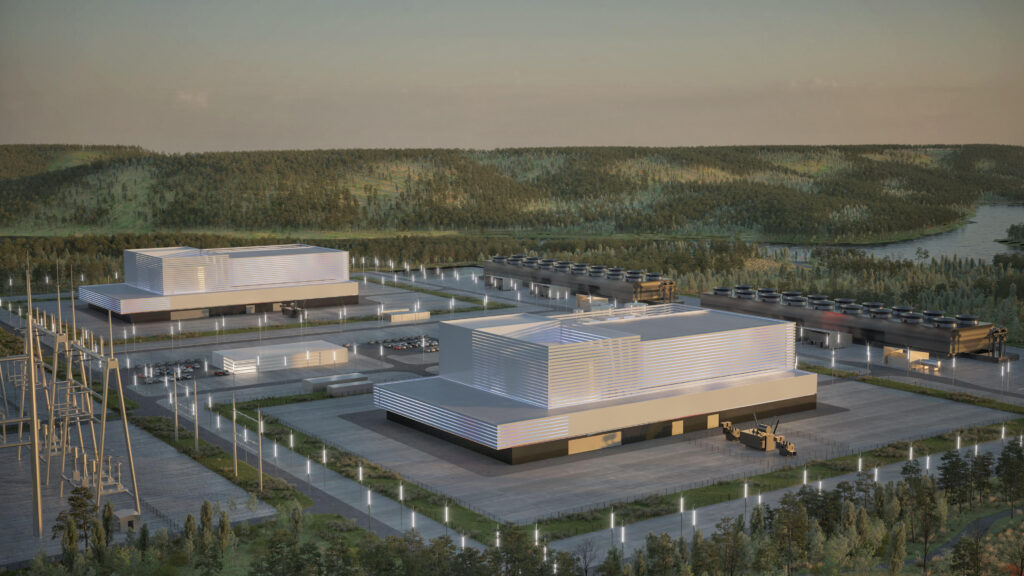
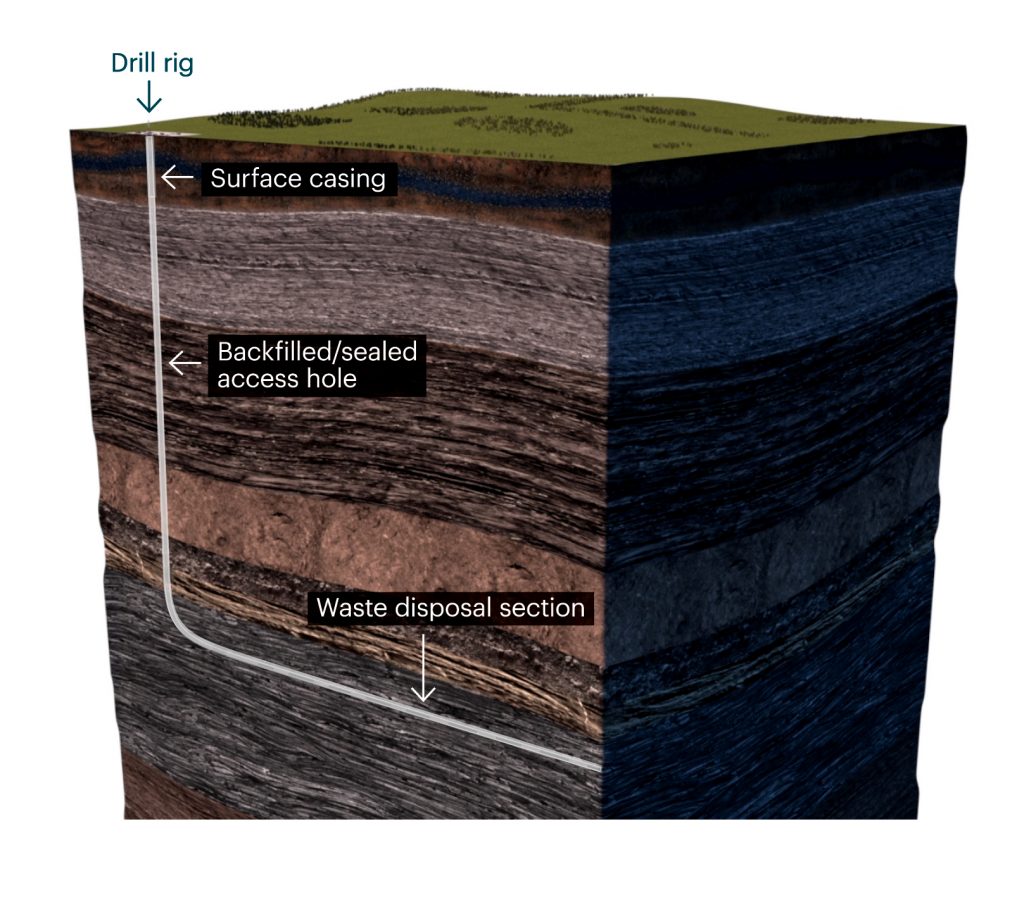
Pingback: Should Estonia Go Nuke? | Buzzography
Thank you for this informative article. It would be useful to follow this up with an article from experts who think renewables would better meet Estonia’s future energy needs. Mr. Ormus rejects this idea but as far as I can tell, is not an expert in renewable tech trends and as important, renewable cost trends. Would Estonian World commit to extending this critical discussion to hear from the other side?`
Great article. The problem for Estonia is that going nuclear will simply make the country dependent on a different type of technology and not provide any real energy security or long-term solutions.
I believe that Estonia should develop and exploit its own natural resources, including its abundant hydrocarbons, to develop an indigenous power source based on smarter utilisation of oil shale.
The technologies exist already. They are not cheap, but neither is nuclear. Estonia could become a world leader in the practical application of the technology and licence its knowledge to other countries.